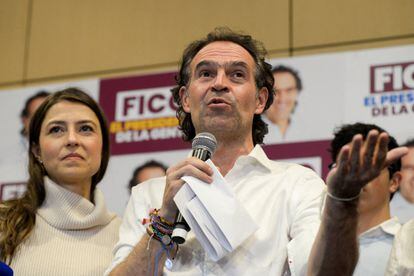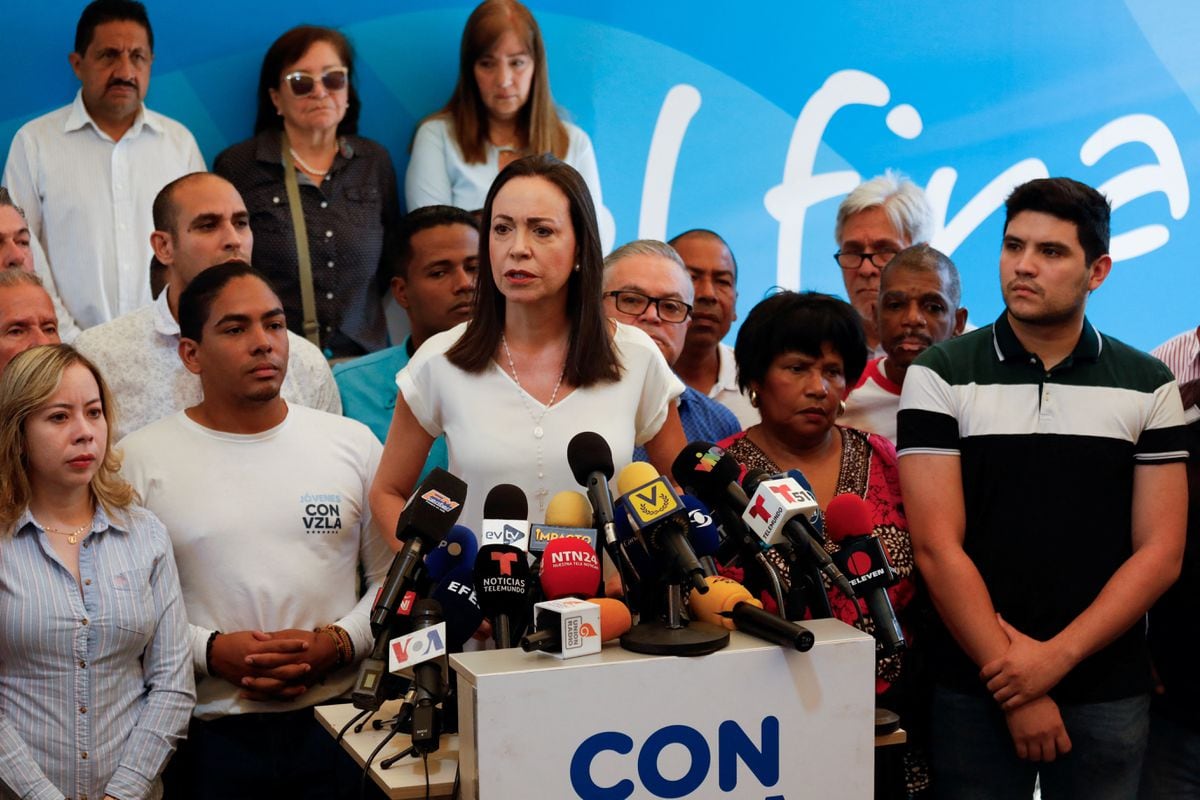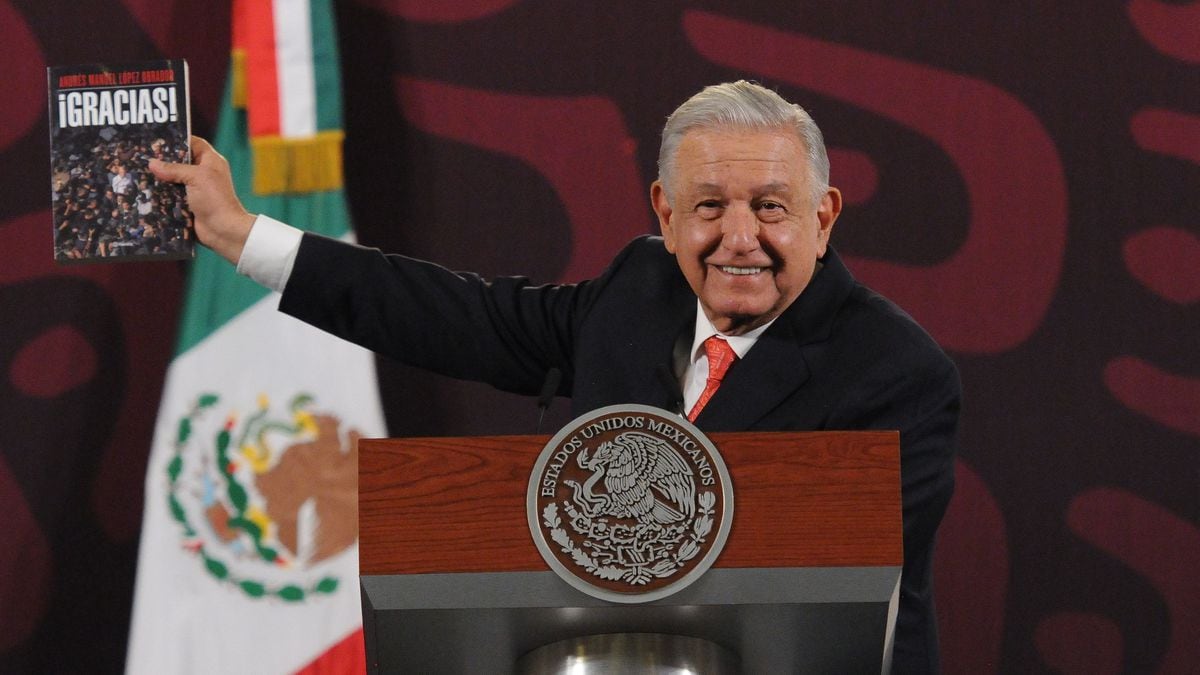The former mayor of Medellín, Federico Gutiérrez, during an interview after the first round of the presidential elections, in Bogotá, on May 29, 2022. VANNESSA JIMENEZ (REUTERS)
If there was an electorally powerful right in the American continent, that was the Colombian.
Whether it was under the dominant liberal-conservative bipartisan regime during the 20th century, or the electoral fragmentation of the 21st century in which Álvaro Uribe managed to sweep two elections (three, if we count the first Juan Manuel Santos as heir to Uribismo), the good results were repeated year after year.
Fico Gutiérrez, former mayor of Medellín with the blessing of practically the entire right-wing establishment, has been the first candidate with this origin to not even make it to the second round in 2022. His greatest falls are concentrated in the interior of the country , historic bastion of conservatism.
More specifically in the departments of Santander and Norte de Santander, but also in the adjoining municipalities within Casanare, Boyacá, Cundinamarca and even Bolívar, the losses compared to what Iván Duque (from the Uribista Democratic Center) and Germán Vargas Lleras (Cambio Radical, center-right) are especially deep.
It seems no coincidence that these are the strong points of Rodolfo Hernández, former mayor of Bucaramanga and a native of Piedecuesta who managed to place himself in the final election against Gustavo Petro.
A simple correlation between those losses of the traditional forehand and the increases of Hernández confirm the hypothesis, especially for the mentioned zones (painted in green and turquoise in the graph).
Rodolfo won the geographical heart of the country from the traditional right, leaving only its Antioquian redoubt to it.
That is the only place of quantitative importance, with a flow of votes away from the left, that Fico maintained (a native of that area, as is Álvaro Uribe).
He also outperformed Hernández on the Caribbean coast, but the relative margins there are much less helpful because the absolute number of votes going to the right is notably lower than in the interior.
What he counted was gaining from mountains inland, and to the eastern plains.
And that was achieved by Rodolfo, probably leveraging votes that previously belonged to the
traditionalist
establishment .
Closing the analysis to municipalities of a certain size (filtering those that contributed more than 20,000 votes to Hernández's cause), it turns out that Fico only took advantage of his direct rival in a handful of cities.
The urban domain (from large capitals to small towns passing through intermediate towns) of the former mayor begins once again in Santander, but it is undeniable in almost the entire territory.
The image that emerges from these data is that of a competition that could end in replacement, something inevitable in the short term: the double-round election ensures that a majority of the vote is coordinated by blocks once there are only two contenders left.
Rodolfo Hernández hopes that this is the case, or he will not be able to beat Gustavo Petro, who starts with an advantage of 2.5 million votes.
For now, recent poll data suggests that around 85% of those who chose Fico would go with Hernández, confirming that the process of competition outlined here will indeed become one of coordination.
Now, what is going to happen with the battle for this space in the long run?
Because it is certain that it will continue, given the capacity demonstrated by Gustavo Petro to maintain more than 40% of the vote on his side of the spectrum and the need that it generates for the space outside the left to have competitive candidates against him. or whoever replaces him at the head of the now opposition.
This battle will take place on three axes: the purely ideological, the territorial, and the pro- and anti-establishment.
What we saw last May 29 is that the candidate who mounted a populist platform, while being less significant with conservative or reactionary values (regardless of the character, his campaign did everything possible not to focus on that), and rooted in the center-east of the country with a focus on intermediate municipalities,
subscribe here
to the EL PAÍS newsletter on Colombia and receive all the informative keys of the country's current affairs.



/cloudfront-eu-central-1.images.arcpublishing.com/prisa/66E5ZJUDZGT5AWIW7USKEZRE4A.jpg)





